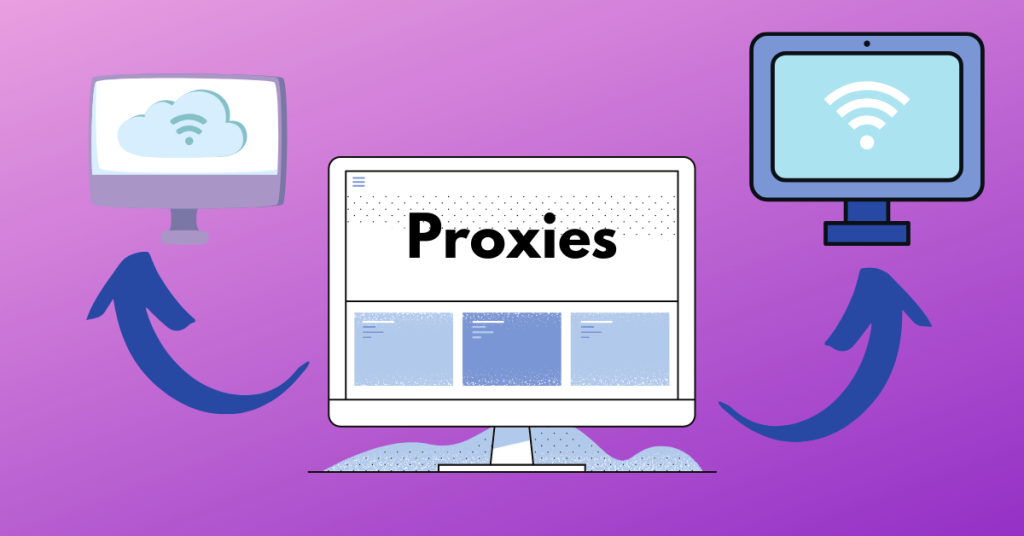Micropayments and Intellectual Property – Fair Compensation for Digital Creations
In the rapidly evolving landscape of digital content consumption, the concept of micropayments has emerged as a potential solution to address the challenge of fair compensation for intellectual property. As the internet has provided unprecedented access to a vast array of digital creations, creators have grappled with the issue of monetizing their work in an environment where traditional revenue models may no longer be effective. Micropayments offer a compelling alternative by allowing consumers to make small, incremental payments for the content they consume, thereby providing a more equitable compensation structure for digital creators. At its core, the idea behind micropayments is to assign a nominal fee to individual pieces of digital content, such as articles, images, music tracks or software, each time they are accessed or used. This approach contrasts with traditional models that often rely on subscriptions, advertising or larger lump-sum purchases, which may deter some users or result in overpayment for content they only use sparingly. Micropayments empower consumers with greater control over their expenditures, as they only pay for what they actually consume, fostering a sense of fairness and value.
For digital creators, micropayments offer a potential avenue to earn a steady stream of income, even from niche or specialized content. In a world saturated with information, standing out can be challenging, but micropayments could incentivize creators to produce high-quality, unique offerings that resonate with smaller, dedicated audiences. Moreover, this compensation model may encourage a more diverse range of creators to participate in the digital landscape, fostering creativity and innovation across various disciplines. However, the implementation of micropayments for intellectual property does come with its own set of challenges. One major concern is the feasibility of processing numerous small transactions efficiently and cost-effectively. To address this, emerging blockchain and cryptocurrency technologies hold promise in providing secure, transparent and frictionless micropayment systems that could streamline the process while protecting both consumers and creators.
Furthermore, the success of micropayments 정보이용료 현금화 relies heavily on consumer adoption and willingness to pay. Convincing users to transition from accustomed free or ad-supported content models to one involving micro transactions demands a delicate balance between perceived value and affordability. Educating users about the benefits of direct compensation for creators and the potential for a more diverse and vibrant digital ecosystem is crucial to foster widespread acceptance. In conclusion, micropayments represent a compelling approach to ensure fair compensation for digital creations while tackling the challenges posed by rampant intellectual property violations and shifting consumer behaviors. By providing an equitable revenue stream for creators, enabling specialized content to thrive and leveraging innovative technologies to address operational hurdles, micropayments could herald a new era of sustainable and vibrant digital content creation and consumption.





